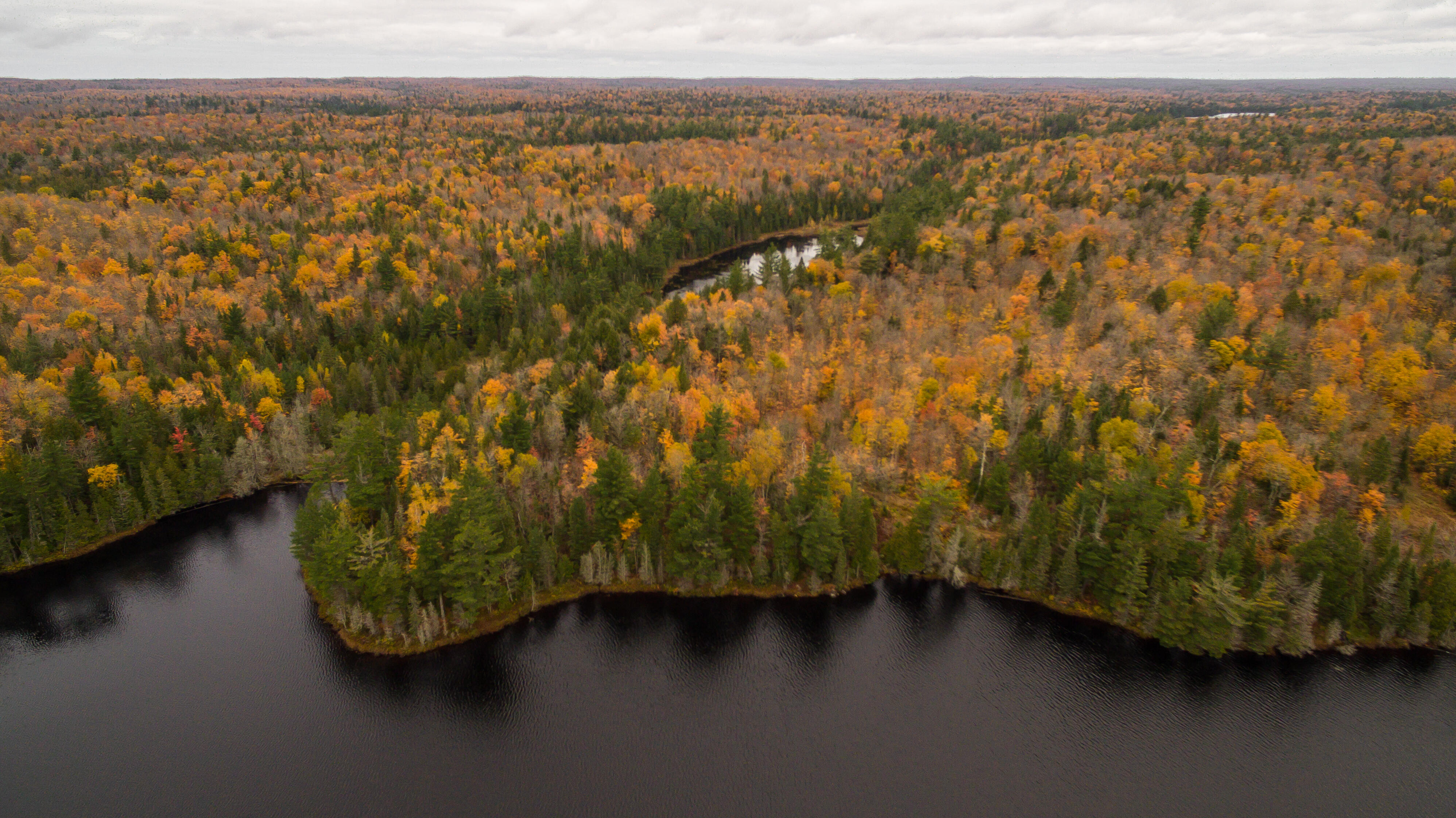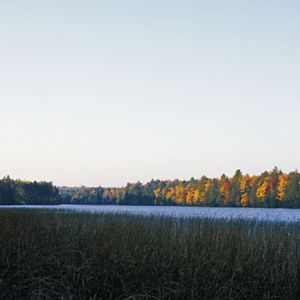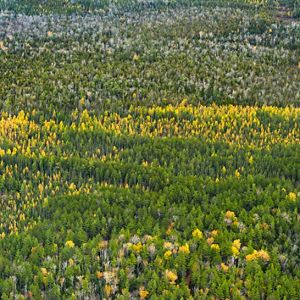Description
Wilderness Lakes Reserve sits amidst the northern forests of the Great Lakes. These northern forests are some of the largest remaining unbroken swaths of hardwood forest in North America. They play many critical roles for people and nature: storing carbon from the atmosphere, filtering the headwaters of the Great Lakes, providing habitat for a wide range of species of migratory birds and supporting major economic drivers such as timber, recreation and tourism.
Wilderness Lakes Reserve is a key piece of a network of protected lands that The Nature Conservancy is working to help create across this important region, in collaboration with other forest owners. In 2021, we nearly doubled the reserve’s size by acquiring another 4,853 acres. With the adjacent Craig Lake State Park, this contributes to a mostly contiguous protected area about 30 square miles in size! This helps provide iconic Upper Peninsula wildlife like moose and eastern gray wolf with the room they need to roam.















